June 8, 2015
Proximity determines how middle managers copy bosses’ unethical behaviour
 Middle managers mirror their bosses’ unethical behaviour, regardless of how ethical they are themselves, claims new research from Rotterdam School of Management, Erasmus University. The research, conducted in partnership with Cambridge University, shows that in cases of unethical leadership at the top of an organisation, middle managers will treat their subordinates unfairly if the social and spatial distance between them and the top management is low. This can lead to employee dissatisfaction, lower organisational commitment and increased employee turnover. In contrast, the effect is reversed if the social and spatial distance between managers and top management is high. Middle managers, who are unfairly treated by their bosses, will treat their employees more fairly if, for example, they are based in different offices or buildings from their managers, and the social distance is high.
Middle managers mirror their bosses’ unethical behaviour, regardless of how ethical they are themselves, claims new research from Rotterdam School of Management, Erasmus University. The research, conducted in partnership with Cambridge University, shows that in cases of unethical leadership at the top of an organisation, middle managers will treat their subordinates unfairly if the social and spatial distance between them and the top management is low. This can lead to employee dissatisfaction, lower organisational commitment and increased employee turnover. In contrast, the effect is reversed if the social and spatial distance between managers and top management is high. Middle managers, who are unfairly treated by their bosses, will treat their employees more fairly if, for example, they are based in different offices or buildings from their managers, and the social distance is high.






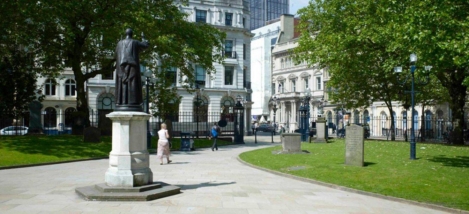
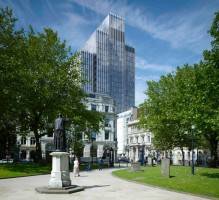 Plans for what is billed as the tallest office building outside of London have been submitted to Birmingham City Council for approval. The proposed 26 storey tower at 103 Colmore Row is planned to stand 346ft (105m) and house some 2,000 office workers. Birmingham is bound to find the scheme attractive as it vies with Manchester for the crown of England’s second city. Up to now, tall buildings have not enjoyed the same appeal in regional cities as much as they have in London. The new building is planned to replace the former NatWest tower which has lain empty on the development site since 2003 and is set to be demolished once plans are finalised for its replacement. If given a green light, the new scheme will incorporate a rooftop restaurant, green roof, terraces, street level shops and cafes and a winter garden.
Plans for what is billed as the tallest office building outside of London have been submitted to Birmingham City Council for approval. The proposed 26 storey tower at 103 Colmore Row is planned to stand 346ft (105m) and house some 2,000 office workers. Birmingham is bound to find the scheme attractive as it vies with Manchester for the crown of England’s second city. Up to now, tall buildings have not enjoyed the same appeal in regional cities as much as they have in London. The new building is planned to replace the former NatWest tower which has lain empty on the development site since 2003 and is set to be demolished once plans are finalised for its replacement. If given a green light, the new scheme will incorporate a rooftop restaurant, green roof, terraces, street level shops and cafes and a winter garden.

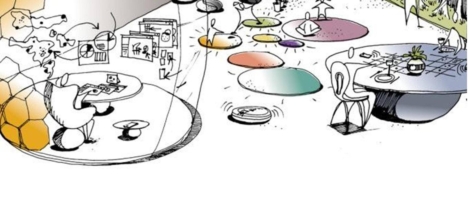
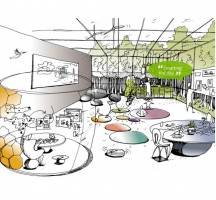
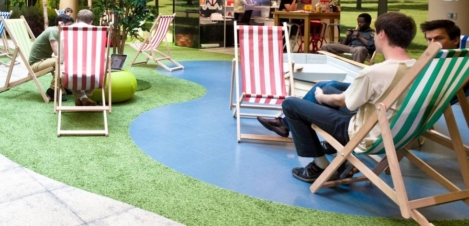
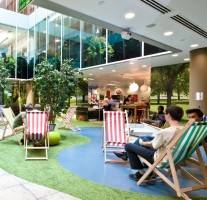
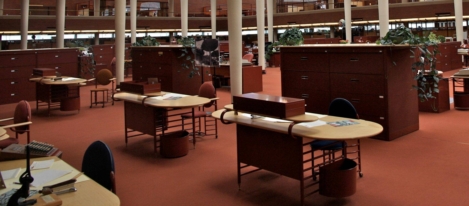
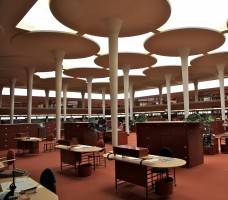
















June 2, 2015
Five of the most noticeable ways your office has got it in for you
by Justin Miller • Comment, Furniture, Lighting, Wellbeing, Workplace design
(more…)